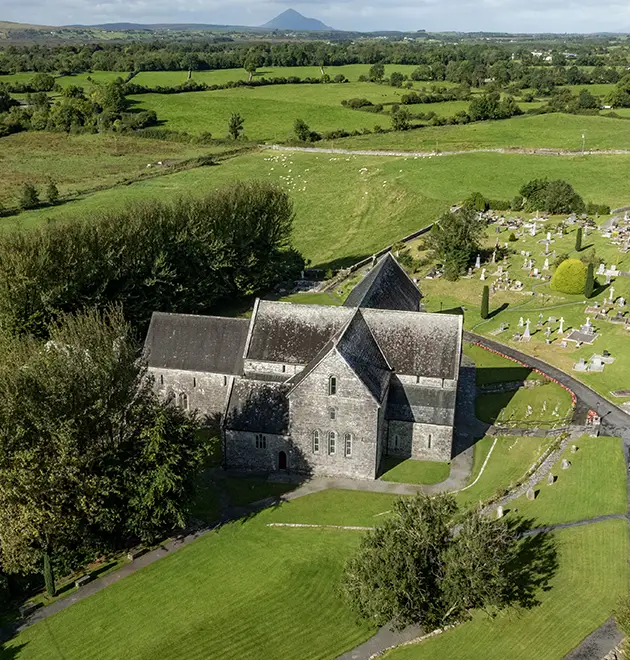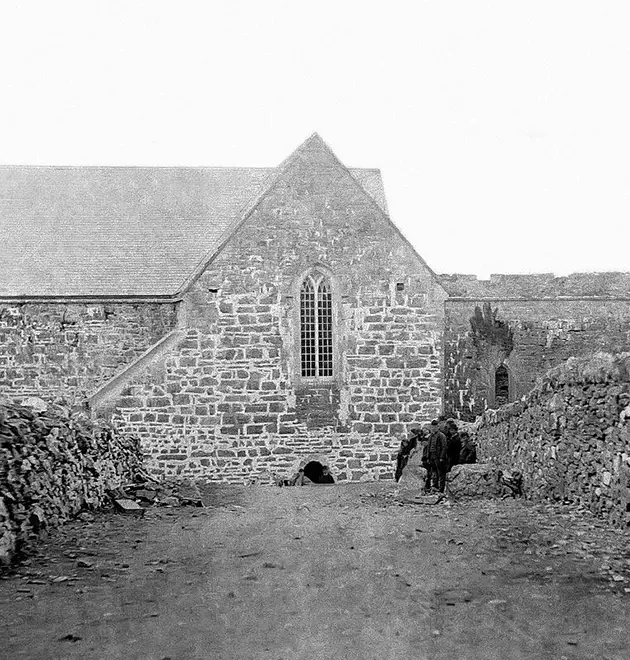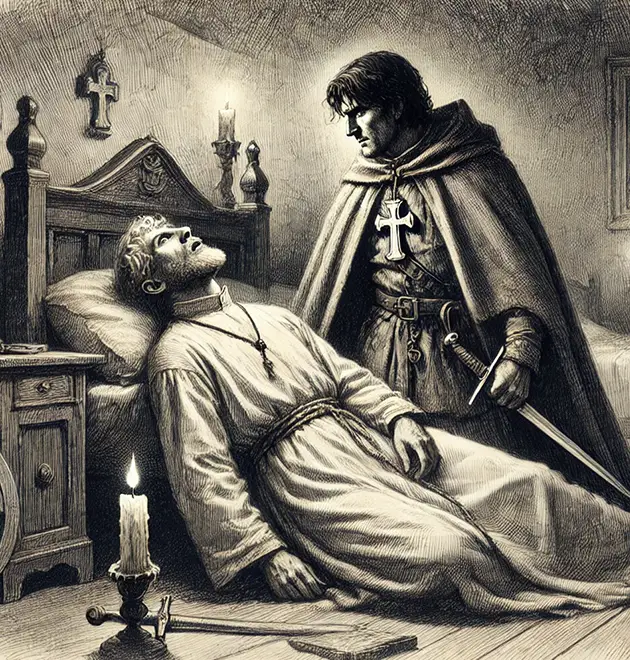Stations of the Cross
(1927–2024)
Imogen Stuart
Imogen Stuart (1927–2024) was a celebrated German-Irish sculptor whose work has profoundly shaped Irish art and cultural heritage. Recognised as one of Ireland’s leading sculptors, her creations are housed in public and private collections across Europe and the U.S., reflecting a career that spanned over 70 years.
In 2010, Stuart received the prestigious Mary McAuley Medal from President Mary McAleese, who praised her as a “genius” for creating works that bridge Ireland’s past, present, and future.
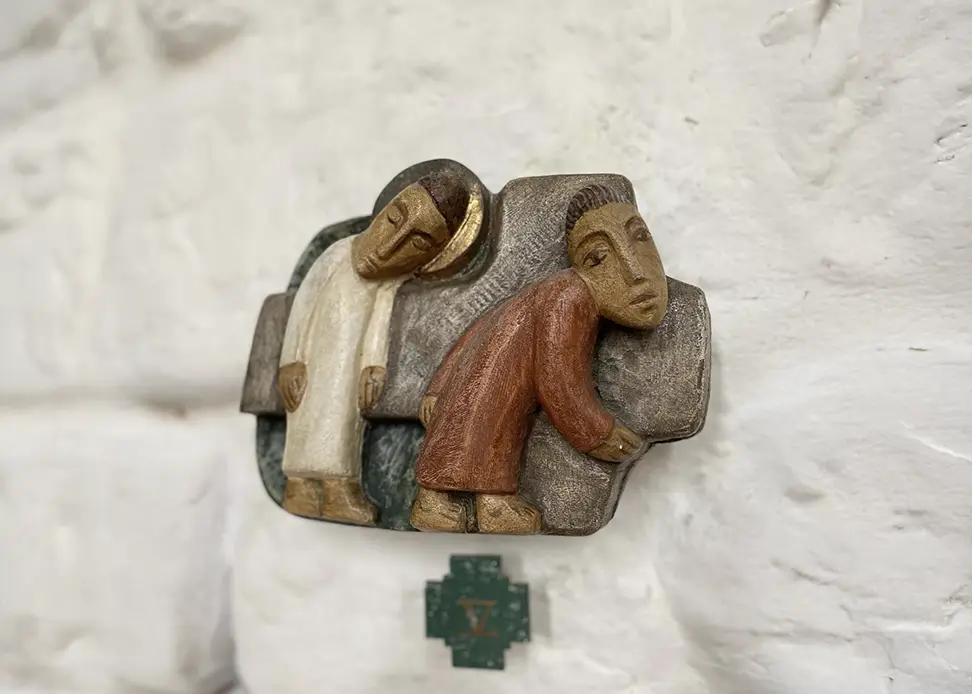
Sculptures
“The Stations of the Cross” at Ballintubber Abbey, created in 1972. Inspired by 13th-century Celtic crosses, these sculptures convey a journey of sorrow and faith, inviting reflection on the Christian story of Calvary. Stuart lovingly repainted these works for the abbey’s centenary celebrations in 2016, renewing their vibrancy and impact.
Born in Berlin, Stuart studied under influential German artists before moving to Ireland in 1951. Her work remained active and influential up until her passing, with a final exhibition at Dublin Castle in early 2024. Her legacy continues to enrich Ireland’s artistic and spiritual landscape.

Experience Ballintubber Abbey
Journey through time and faith at Ballintubber Abbey. Explore its captivating history and architecture on a guided tour, or embrace serenity on a pilgrimage walk, connecting with centuries of tradition.
Stations of the Cross on Grounds
Tóchar Chríost - Christ's Journey
The Stations of the Cross on the grounds of Ballintubber Abbey, also known as “Tóchar Chriost” or “Christ’s Journey,” are a unique representation of this significant Christian tradition. These stations are distinguished by their use of natural stones and the incorporation of local stories that are associated with each station. This blending of natural elements and local narratives serves to enhance the thematic depth of each station, allowing them to resonate with visitors on a profound level.
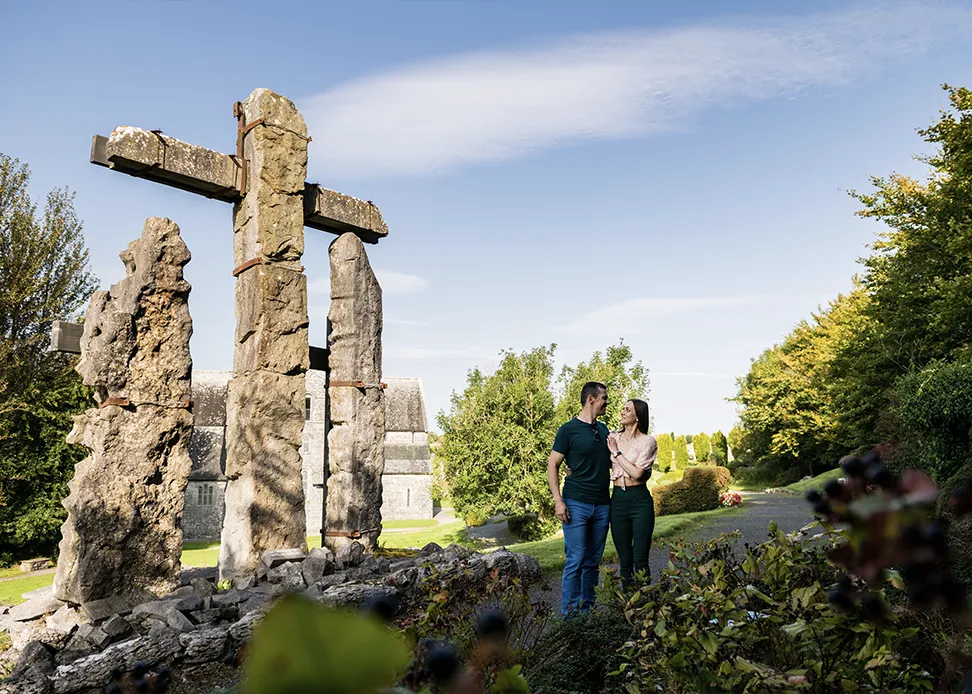
Unveiling The Stations' Symbolism
Each station, such as Faith, Perseverance, Hope, Temptation, and Sacrificial Love, likely incorporates specific stones or features that symbolise or represent the themes associated with that particular station. These thematic elements help to create a more immersive and contemplative experience for those who visit the stations, allowing them to connect with the spiritual and emotional aspects of Christ’s journey to Calvary.

Find Out More
History of Ballintubber
Whispers through the centuries… Ballintubber Abbey has witnessed history unfold. From royal connections to pirate legends, uncover the hidden stories etched within its ancient stones.
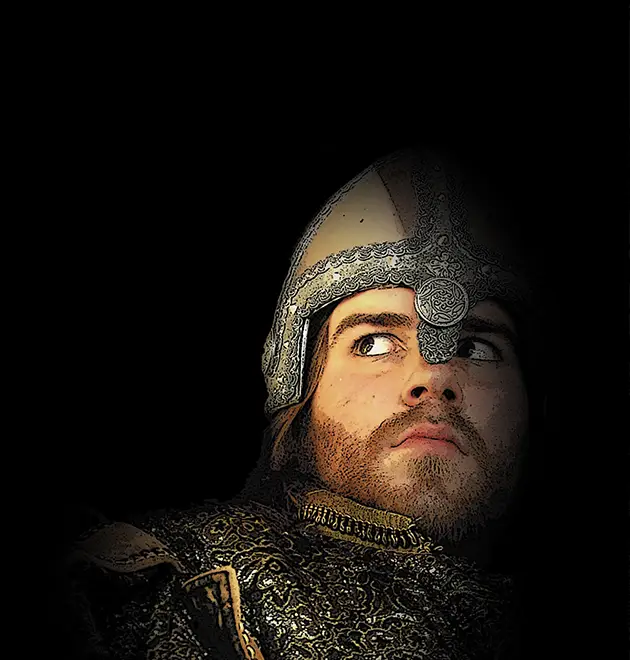
Tibóid Ne Long Bourke
Find out about how the son of Grace O’Malley came to his final resting place in Ballintubber
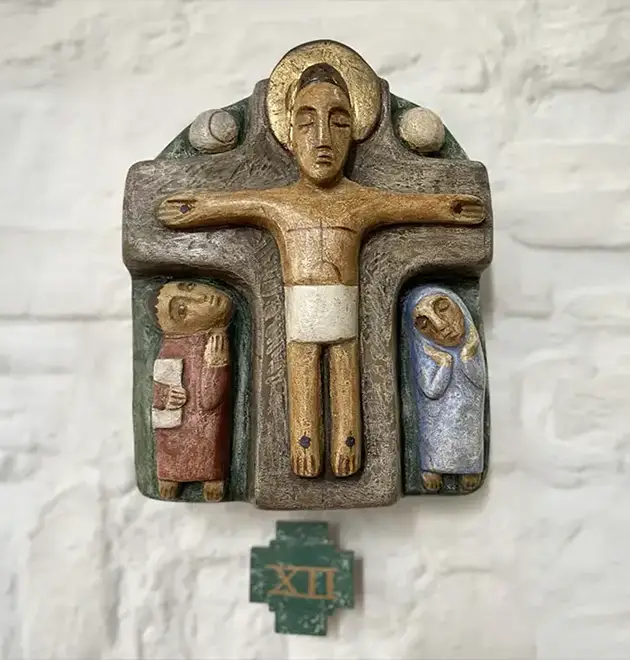
Stations of the Cross
Created in 1972 for Ballintubber Abbey, by renowned sculptor Imogen Stuart.

Church Island
Church Island or Oilean na Scríne- Shrine Island lies at the North West of Lough Carra.
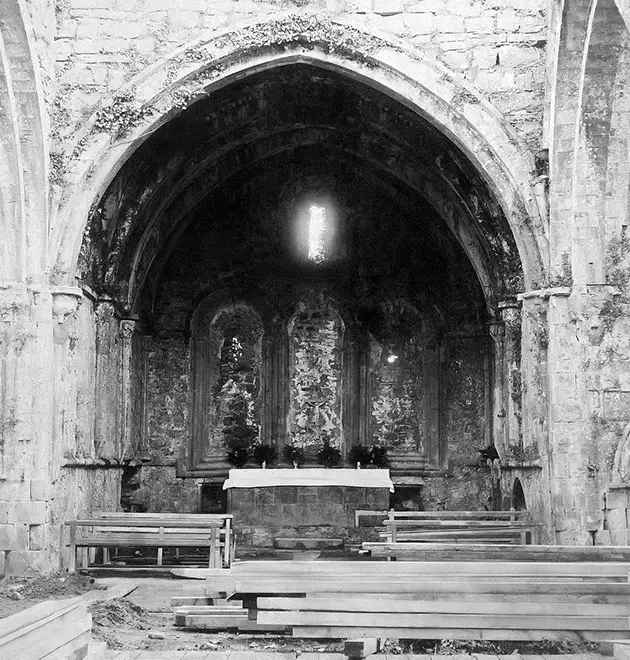
Burning Suppression
How fire and suppression could not defeat the “Abbey that wouldn’t die”.

